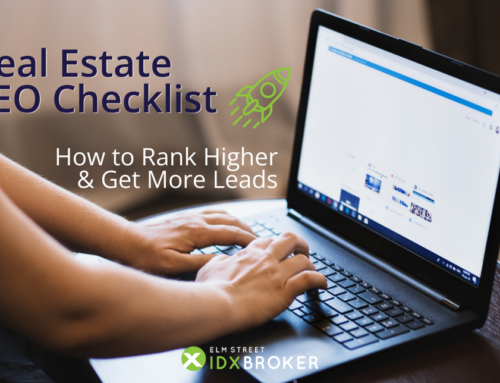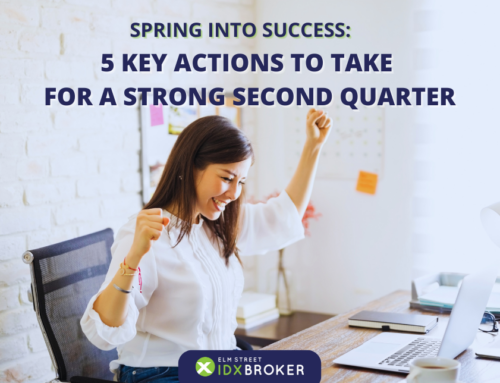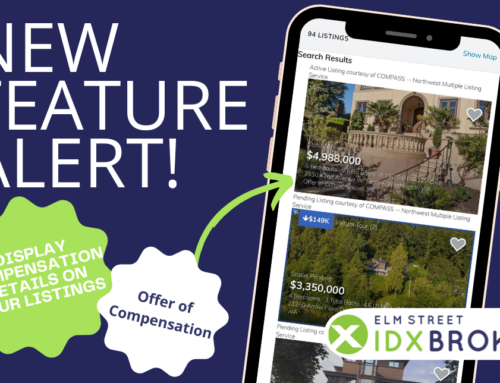Every picture tells a story. A picture is worth a thousand words. You’ve got to see it to believe it. Plus more cliches than you can shake a stick at. You know that photos are important to sell your properties. Here are some tips to use pictures right and sell more real estate.
Get the Right Equipment
While you don’t need to spend a fortune in equipment to take good real estate photos, you should have something better than your cell phone. Look for something that gives you some manual control. I prefer a quality digital SLR, but you can even get a decent point and shoot camera to capture your property for a couple hundred dollars. Add an inexpensive tripod and maybe a clamp light or flash to help with dark rooms and you are ready to shoot.
Walk into the Light
Light is good. Some would even say that light makes photography. Use it to your advantage. Try to shoot exterior shots when there is plenty of soft light that doesn’t provide harsh shadows. A cloudy day or just after dawn and right before dusk work well. Interior shots should always have plenty of lights on, and if the light through a window is overwhelming the rest of the room, don’t be afraid to close the blinds and rely on interior light.
More is Better, Until it Isn’t
Take lots of photos, but leave some on the cutting room floor. The secret to great photography is simple: take lots of photos, and then cut all the garbage. One or two photos that represent each room should be sufficient.
Also, remember that you are telling a story with these photos. Try to post them in order, like a tour of the property, such as from the front door to the living room to the hall way leading to bedroom # 1, etc.
Exterior pictures of homes look better if shot from an angle instead of directly from the front. This adds depth to the photo, instead of just a flat caricature of a house.
When Not to Turn Heads
While holding the camera in different positions can be artsy and certainly has it’s place in the world of photography, when it comes to shooting your property, just stick with landscape. Don’t be tempted to turn the camera on it’s side to get a better shot of the cabinets or vaulted ceiling. Otherwise you end up with photos on your site of all different sizes and these can look really weird when mixed together.
Size Matters
Currently, according to the W3 schools, the single most popular screen resolution is 1366×768 and few screens are higher than 2000 pixels wide, so taking even an 8 megapixel file from your camera that is 3456×2304 is just a waste and slows down your website, not to mention going over the 1mb file size that is accepted in IDX Broker. You want your pictures to look good, but you also don’t want your visitors to have to wait forever to view these images. Generally it is best to take photos that are high resolution and then edit them down to a more reasonable size.
Photoshop is the defacto king of image editing, but there are so many options to resize photos, so just find something that you can afford and are comfortable using. If you don’t feel like installing new software, you can resize online at sites like http://www.shrinkpictures.com/ and http://www.picresize.com and many others.
Once you get it down to a decent size, you can even use on-the-fly plugins, like smush to help your site handle the images even more gracefully.






